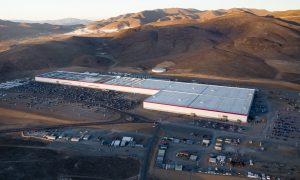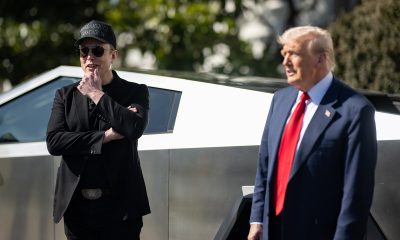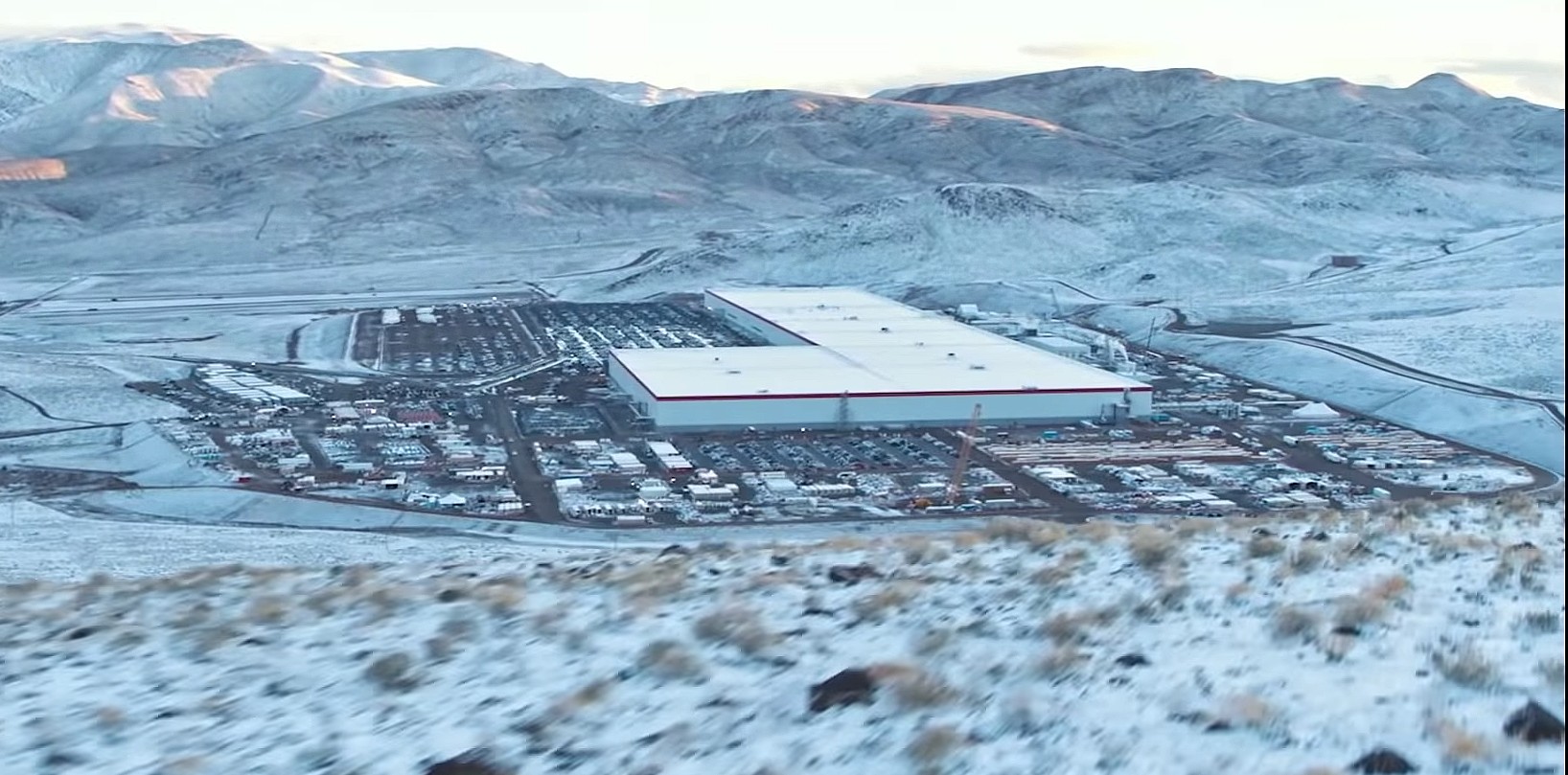

News
Panasonic finds itself in need of some Tesla-style boldness as it enters its next era
Tesla’s oldest battery partner, Panasonic, is finding itself at a crossroads once more. With Chief Executive Kazuhiro Tsuga poised to step down next June, the massive Japanese conglomerate is feeling some pressure to optimize and streamline itself. To accomplish this, Panasonic may need to channel one of its key battery partners, Tesla, and its CEO, Elon Musk, to make the bold decisions needed to thrive in a new era.
When Tsuga took Panasonic’s reins eight years ago, he stated that his first priority would be to return the massive conglomerate into a profitable “normal company.” He did not disappoint. Tsuga stemmed a record loss by pulling the company out of the plasma television market and repositioning the firm as an automotive-and-housing conglomerate. The veteran Japanese executive also did something unexpected: he initiated a $5 billion battery manufacturing tie-up with Tesla in 2014.
Tsuga’s strategy of partnering with Tesla, then an unproven electric car maker, and a CEO known for a Tony Stark-like persona, was considered a courageous move on the Japanese conglomerate’s part. The partnership of the experienced Japanese veteran and assertive US startup bore fruit, with Gigafactory Nevada becoming the world’s largest battery facility. Its operations with Tesla are even closing in on its first annual profit. But the journey to this point was not easy.
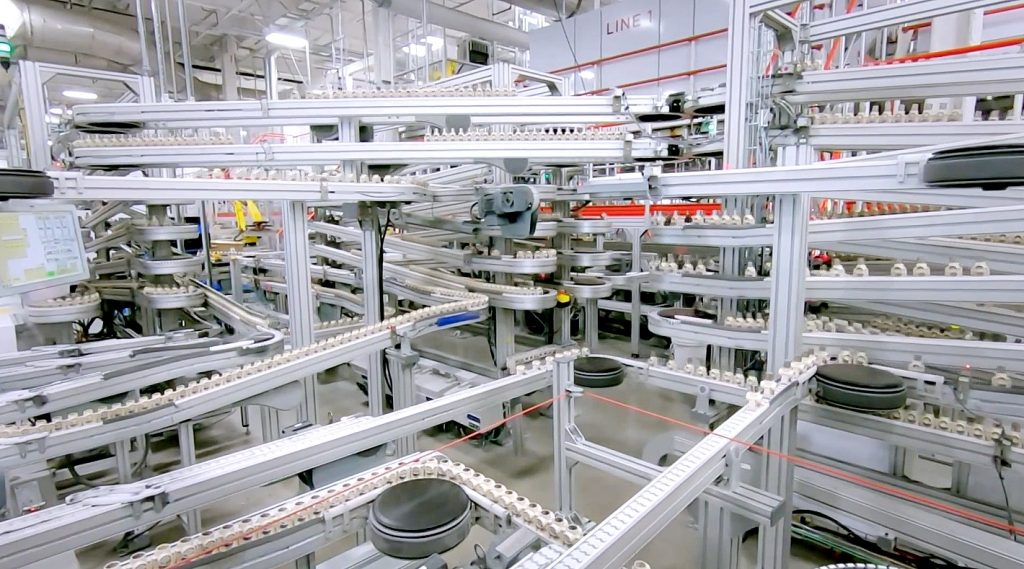
As noted in a Financial Times report, Panasonic and Tesla clashed over the years, and these tensions reportedly manifested themselves when the Japanese firm decided to not invest in Gigafactory Shanghai. This resulted in Tesla partnering with other suppliers like LG Chem and Contemporary Amperex Technology Co., Limited (CATL). Tesla has also announced plans to start producing its own 4680 tabless cells for its vehicles and energy storage products.
As the outgoing Panasonic CEO prepares to step down in June, his promise of running a “normal company” is leaving a bitter aftertaste to the company he will leave behind. Over the years, rivals such as Sony and Hitachi have gone on massive divestment initiatives to streamline their businesses. And while Panasonic has followed a similar path, executives continue to struggle to define what kind of company it is. Newly-appointed chief executive Yuki Kusumi, who is poised to succeed Tsuga, referenced this when he stated that Panasonic could achieve growth if it could optimize businesses that excelled in its portfolio, which currently stretches across a whopping 520 subsidiaries.
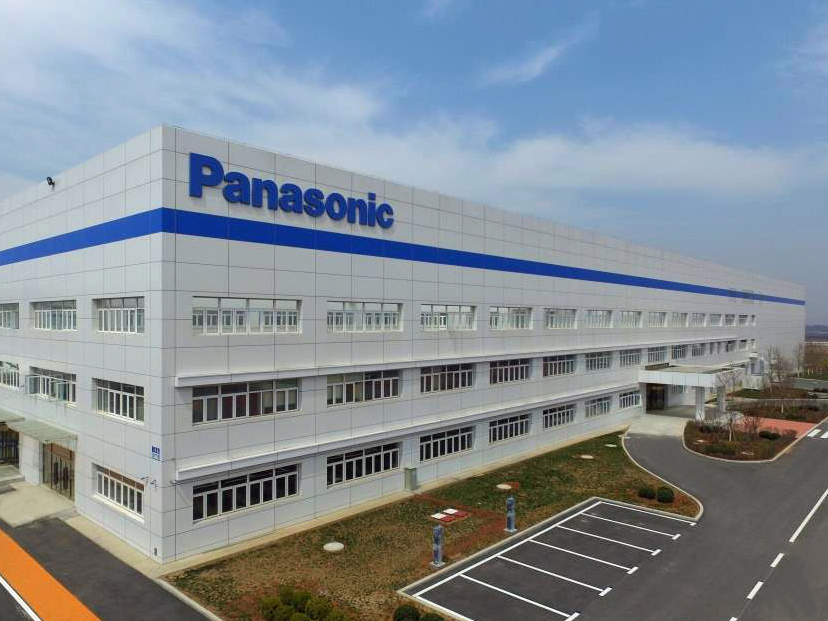
The outgoing Panasonic CEO, as a final departing measure, is hoping to change the company into a holding company structure, which is similar to a move that rival Sony will make around April. According to Panasonic, the shift, which is expected to be completed in 2022, could help accelerate decision-making across the conglomerate by running its units independently. Yet even this strategy poses challenges for Panasonic since unlike Sony, which has found its “core” in the games, films, animation, and the music segment, Panasonic’s “core” still seems unclear. This difference is evident when one looks at the two Japanese firms’ performance in the market. Sony has increased 78% since February while Panasonic has dropped 30%.
But things may be looking up for Panasonic. When he announced Panasonic’s shift to a holding company, Tsuga resurrected car batteries as a “core” by branding it as an “energy business.” Thanks in part to this, as well as the ongoing expansion of profitable projects like Gigafactory Nevada, Panasonic’s next CEO, Yuki Kusumi, would be taking control of a company that is in a much better financial position as the one handed over to his predecessor. As highlighted by the Financial Times, if Kusumi would like to usher in a revival or a breakthrough of sorts for Panasonic in the coming years, he would have to channel less of his predecessor’s “normal company” strategy and more of the boldness characteristic of partners like Tesla.
Markets like the battery industry are only just heating up, after all. While Tesla has stated that it intends to keep and grow its partnership with suppliers like Panasonic despite its own battery production plans, competitors like LG Chem and CATL are not sitting out the next few years. LG has even posted a bold challenge of sorts to the Japanese conglomerate recently, with the South Korean firm stating that it has every intention to become Tesla’s main battery supplier in the near future, effectively taking Panasonic’s place. With some Elon Musk-style boldness, however, perhaps Panasonic could still keep its lead in the battery sector, and perhaps even increase its reach in the growing EV segment.
Elon Musk
Tesla reveals it is using AI to make factories more sustainable: here’s how
Tesla is using AI in its Gigafactory Nevada factory to improve HVAC efficiency.
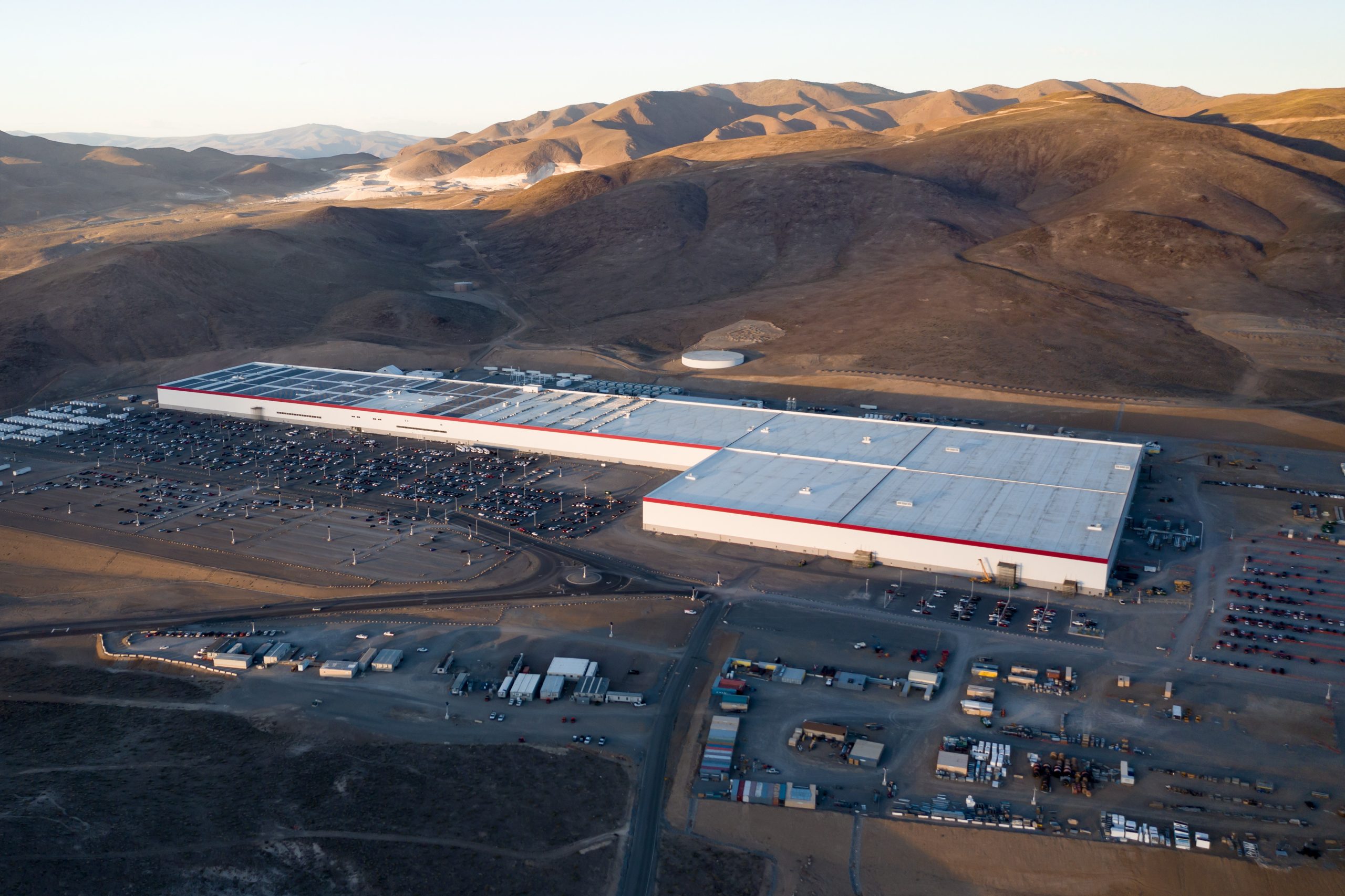
Tesla has revealed in its Extended Impact Report for 2024 that it is using Artificial Intelligence (AI) to enable its factories to be more sustainable. One example it used was its achievement of managing “the majority of the HVAC infrastructure at Gigafactory Nevada is now AI-controlled” last year.
In a commitment to becoming more efficient and making its production as eco-friendly as possible, Tesla has been working for years to find solutions to reduce energy consumption in its factories.
For example, in 2023, Tesla implemented optimization controls in the plastics and paint shops located at Gigafactory Texas, which increased the efficiency of natural gas consumption. Tesla plans to phase out natural gas use across its factories eventually, but for now, it prioritizes work to reduce emissions from that energy source specifically.
It also uses Hygrometric Control Logic for Air Handling Units at Giafactory Berlin, resulting in 17,000 MWh in energy savings each year. At Gigafactory Nevada, Tesla saves 9.5 GWh of energy through the use of N-Methylpyrrolidone refineries when extracting critical raw material.
Perhaps the most interesting way Tesla is conserving energy is through the use of AI at Gigafactory Nevada, as it describes its use of AI to reduce energy demand:
“In 2023, AI Control for HVAC was expanded from Nevada and Texas to now include our Berlin-Brandenburg and Fremont factories. AI Control policy enables HVAC systems within each factory to work together to process sensor data, model factory dynamics, and apply control actions that safely minimize the energy required to support production. In 2024, this system achieved two milestones: the majority of HVAC infrastructure at Gigafactory Nevada is now AI-controlled, reducing fan and thermal energy demand; and the AI algorithm was extended to manage entire chiller plants, creating a closed-loop control system that optimizes both chilled water consumption and the energy required for its generation, all while maintaining factory conditions.”
Tesla utilizes AI Control “primarily on systems that heat or cool critical factory production spaces and equipment.” AI Control communicates with the preexisting standard control logic of each system, and any issues can be resolved by quickly reverting back to standard control. There were none in 2024.
Tesla says that it is utilizing AI to drive impact at its factories, and it has proven to be a valuable tool in reducing energy consumption at one of its facilities.
Elon Musk
Tesla analysts believe Musk and Trump feud will pass
Tesla CEO Elon Musk and U.S. President Donald Trump’s feud shall pass, several bulls say.
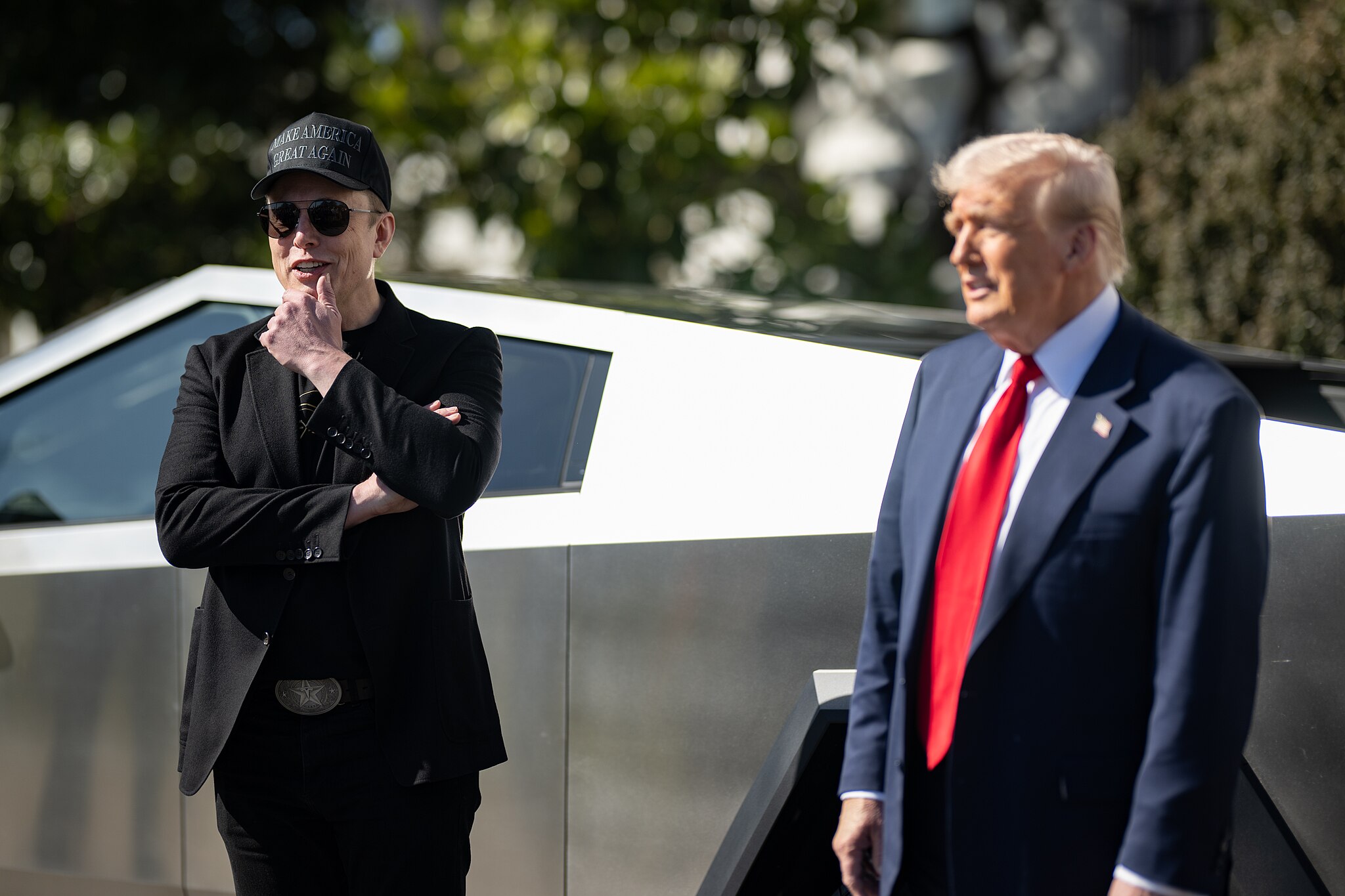
Tesla analysts are breaking down the current feud between CEO Elon Musk and U.S. President Donald Trump, as the two continue to disagree on the “Big Beautiful Bill” and its impact on the country’s national debt.
Musk, who headed the Department of Government Efficiency (DOGE) under the Trump Administration, left his post in May. Soon thereafter, he and President Trump entered a very public and verbal disagreement, where things turned sour. They reconciled to an extent, and things seemed to be in the past.
However, the second disagreement between the two started on Monday, as Musk continued to push back on the “Big Beautiful Bill” that the Trump administration is attempting to sign into law. It would, by Musk’s estimation, increase spending and reverse the work DOGE did to trim the deficit.
Every member of Congress who campaigned on reducing government spending and then immediately voted for the biggest debt increase in history should hang their head in shame!
And they will lose their primary next year if it is the last thing I do on this Earth.
— Elon Musk (@elonmusk) June 30, 2025
President Trump has hinted that DOGE could be “the monster” that “eats Elon,” threatening to end the subsidies that SpaceX and Tesla receive. Musk has not been opposed to ending government subsidies for companies, including his own, as long as they are all abolished.
How Tesla could benefit from the ‘Big Beautiful Bill’ that axes EV subsidies
Despite this contentious back-and-forth between the two, analysts are sharing their opinions now, and a few of the more bullish Tesla observers are convinced that this feud will pass, Trump and Musk will resolve their differences as they have before, and things will return to normal.
ARK Invest’s Cathie Wood said this morning that the feud between Musk and Trump is another example of “this too shall pass:”
BREAKING: CATHIE WOOD SAYS — ELON AND TRUMP FEUD “WILL PASS” 👀 $TSLA
She remains bullish ! pic.twitter.com/w5rW2gfCkx
— TheSonOfWalkley (@TheSonOfWalkley) July 1, 2025
Additionally, Wedbush’s Dan Ives, in a note to investors this morning, said that the situation “will settle:”
“We believe this situation will settle and at the end of the day Musk needs Trump and Trump needs Musk given the AI Arms Race going on between the US and China. The jabs between Musk and Trump will continue as the Budget rolls through Congress but Tesla investors want Musk to focus on driving Tesla and stop this political angle…which has turned into a life of its own in a roller coaster ride since the November elections.”
Tesla shares are down about 5 percent at 3:10 p.m. on the East Coast.
Elon Musk
Tesla scrambles after Musk sidekick exit, CEO takes over sales
Tesla CEO Elon Musk is reportedly overseeing sales in North America and Europe, Bloomberg reports.
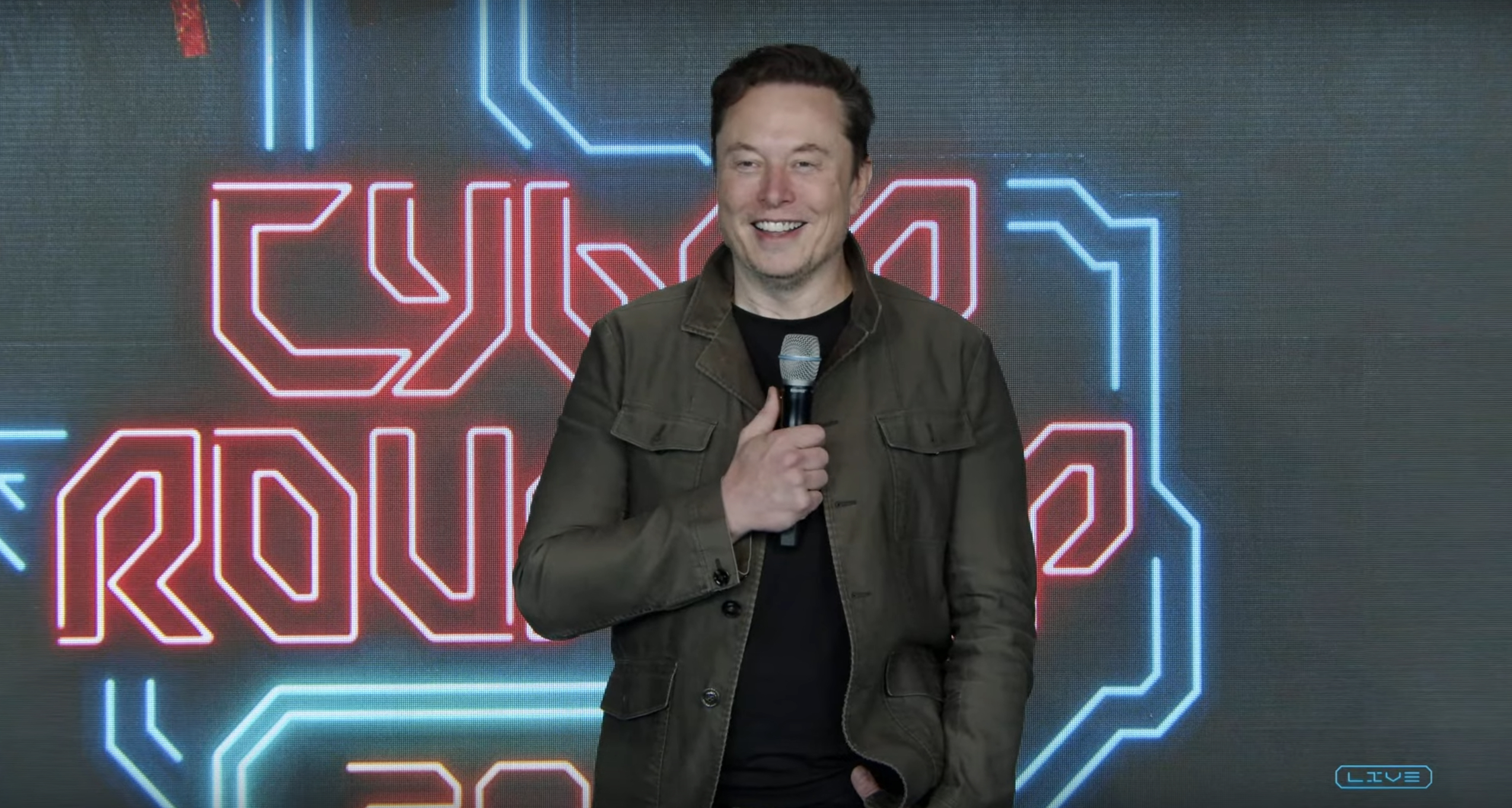
Tesla scrambled its executives around following the exit of CEO Elon Musk’s sidekick last week, Omead Afshar. Afshar was relieved of his duties as Head of Sales for both North America and Europe.
Bloomberg is reporting that Musk is now overseeing both regions for sales, according to sources familiar with the matter. Afshar left the company last week, likely due to slow sales in both markets, ending a seven-year term with the electric automaker.
Tesla’s Omead Afshar, known as Elon Musk’s right-hand man, leaves company: reports
Afshar was promoted to the role late last year as Musk was becoming more involved in the road to the White House with President Donald Trump.
Afshar, whose LinkedIn account stated he was working within the “Office of the CEO,” was known as Musk’s right-hand man for years.
Additionally, Tom Zhu, currently the Senior Vice President of Automotive at Tesla, will oversee sales in Asia, according to the report.
It is a scramble by Tesla to get the company’s proven executives over the pain points the automaker has found halfway through the year. Sales are looking to be close to the 1.8 million vehicles the company delivered in both of the past two years.
Tesla is pivoting to pay more attention to the struggling automotive sales that it has felt over the past six months. Although it is still performing well and is the best-selling EV maker by a long way, it is struggling to find growth despite redesigning its vehicles and launching new tech and improvements within them.
The company is also looking to focus more on its deployment of autonomous tech, especially as it recently launched its Robotaxi platform in Austin just over a week ago.
However, while this is the long-term catalyst for Tesla, sales still need some work, and it appears the company’s strategy is to put its biggest guns on its biggest problems.
-

 Elon Musk1 day ago
Elon Musk1 day agoTesla investors will be shocked by Jim Cramer’s latest assessment
-

 News6 days ago
News6 days agoTesla Robotaxi’s biggest challenge seems to be this one thing
-

 News2 weeks ago
News2 weeks agoTesla’s Grok integration will be more realistic with this cool feature
-

 Elon Musk2 weeks ago
Elon Musk2 weeks agoElon Musk slams Bloomberg’s shocking xAI cash burn claims
-

 News2 weeks ago
News2 weeks agoTesla China roars back with highest vehicle registrations this Q2 so far
-

 News2 weeks ago
News2 weeks agoTexas lawmakers urge Tesla to delay Austin robotaxi launch to September
-

 News2 weeks ago
News2 weeks agoTesla dominates Cars.com’s Made in America Index with clean sweep
-

 Elon Musk1 week ago
Elon Musk1 week agoFirst Look at Tesla’s Robotaxi App: features, design, and more


